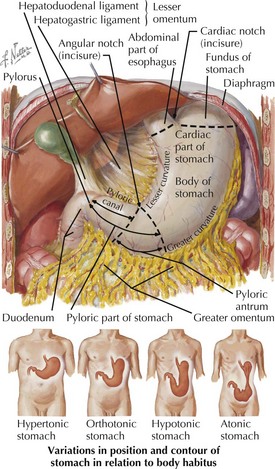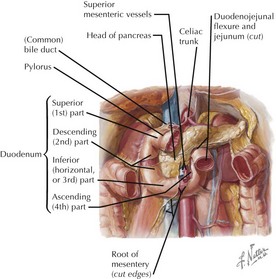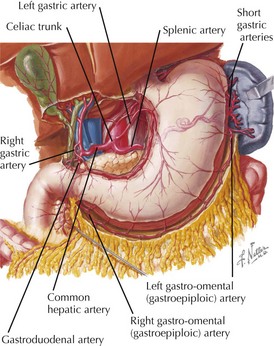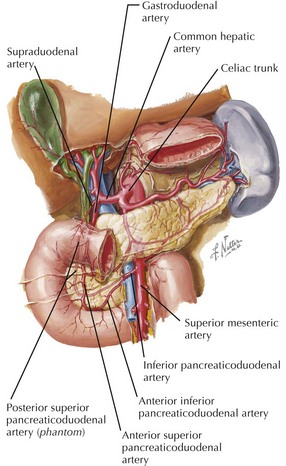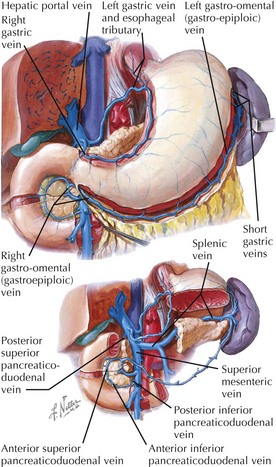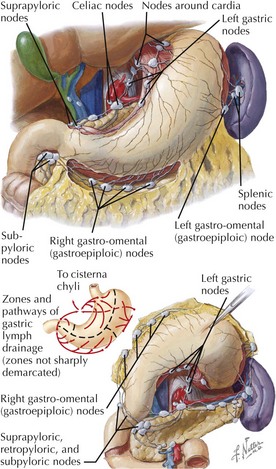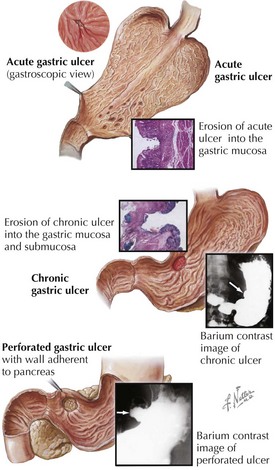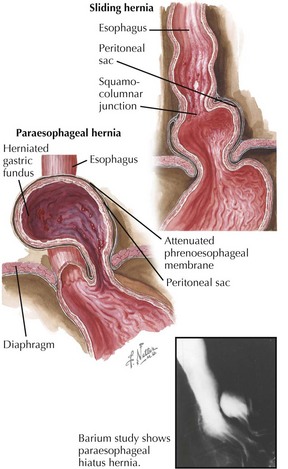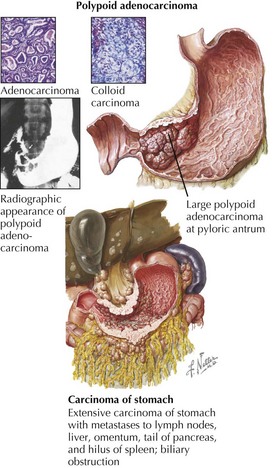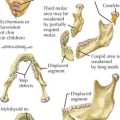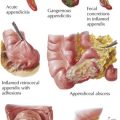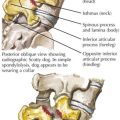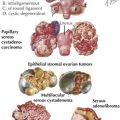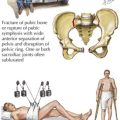10 Gastroduodenal Diseases
Anatomy of the Stomach and Duodenum
Parts of the Stomach
• Greater curvature, lesser curvature, inferior and superior borders (respectively) of the voluminous body of the stomach
Functional Anatomy and Motility
• Receptive relaxation and accommodation occur in the proximal 1/3 of the stomach, with swallowing and entry of food.
• True peristalsis occurs in the distal 2/3, with waves of contraction driving the contents back and forth between the body and antrum (trituration).
Gastric Microscopic Anatomy
Anatomy of the Duodenum
• Superior (first) part
• Descending (second) part
Duodenal Microscopic Anatomy
Mucosa
Gastroduodenal Embryology
• Stomach has two mesenteries during development.
• Greater curvature is initially dorsal, then the stomach rotates along its longitudinal axis until the dorsal curve lies to the left.
• Stomach also rotates around an axis through the gastroesophageal junction, until the greater curvature lies in its final left inferolateral position.
Innervation
• Parasympathetic
 Left vagal trunk lies anterior as it crosses the gastroesophageal junction and runs anteriorly along the lesser curvature toward the duodenum.
Left vagal trunk lies anterior as it crosses the gastroesophageal junction and runs anteriorly along the lesser curvature toward the duodenum.
 Left vagal trunk lies anterior as it crosses the gastroesophageal junction and runs anteriorly along the lesser curvature toward the duodenum.
Left vagal trunk lies anterior as it crosses the gastroesophageal junction and runs anteriorly along the lesser curvature toward the duodenum.Arteries, Veins, and Lymphatics
Arteries
Clinical Correlates
Peptic Ulcer
• Duodenal ulcers are most common in the superior part, in the posterior superior wall, and within ~3 cm of the pylorus.
• Duodenal ulcer usually results from mucosal defense being overcome (decreased secretion of mucus and bicarbonate).

